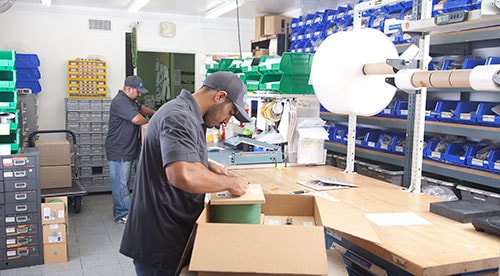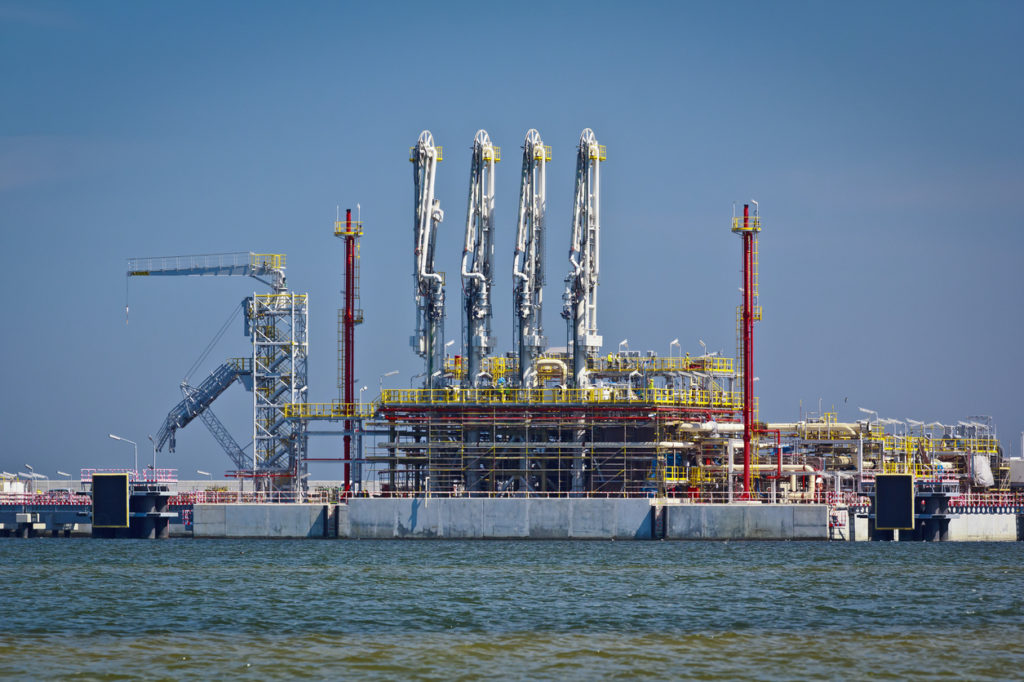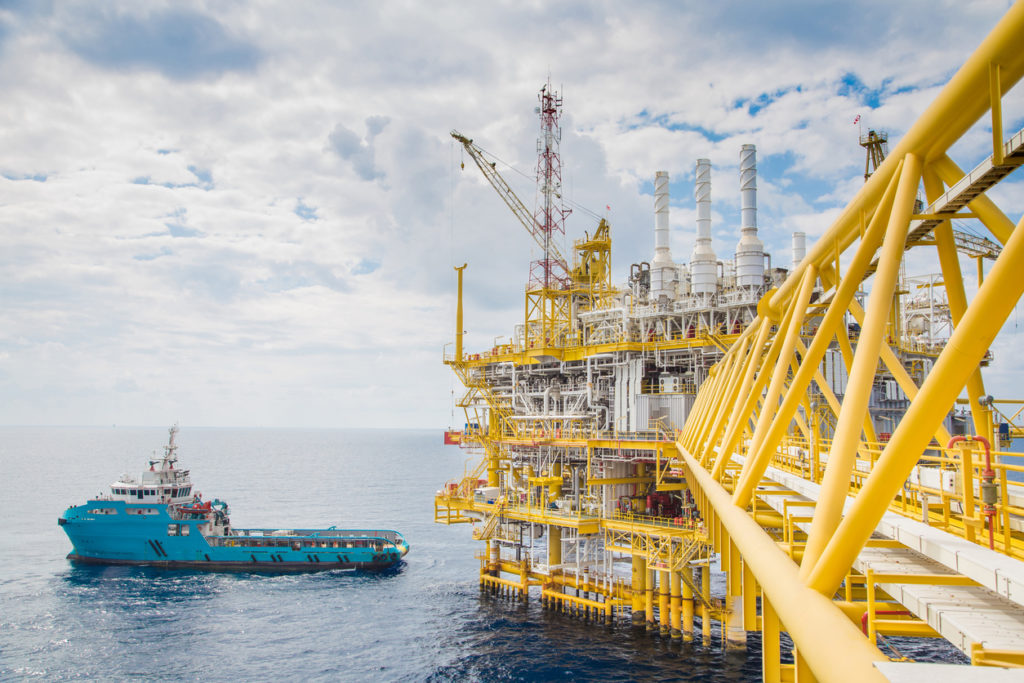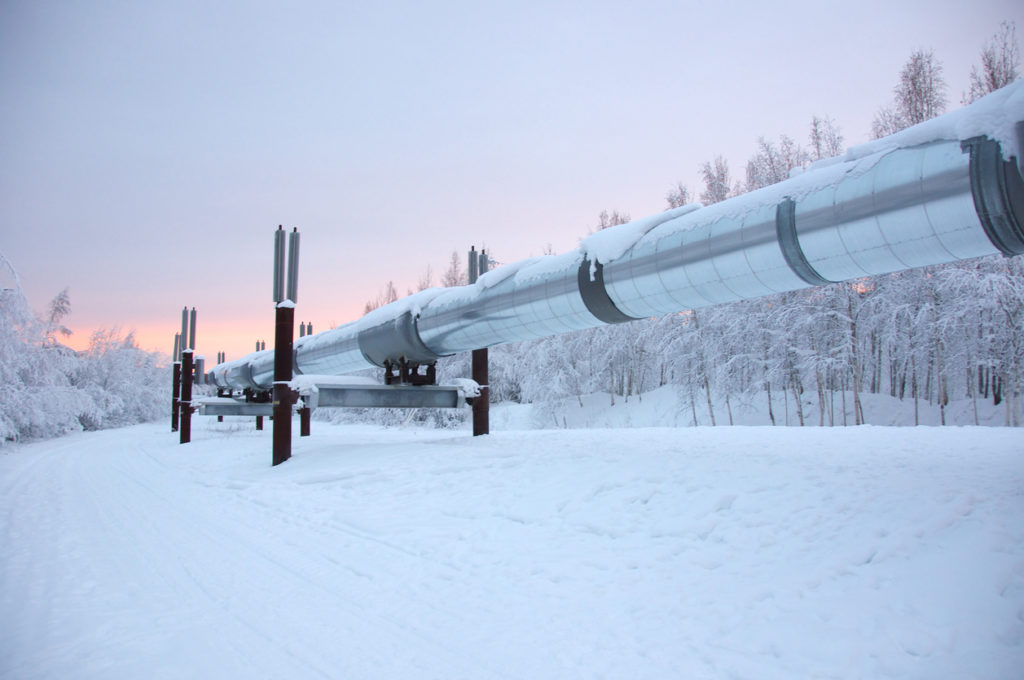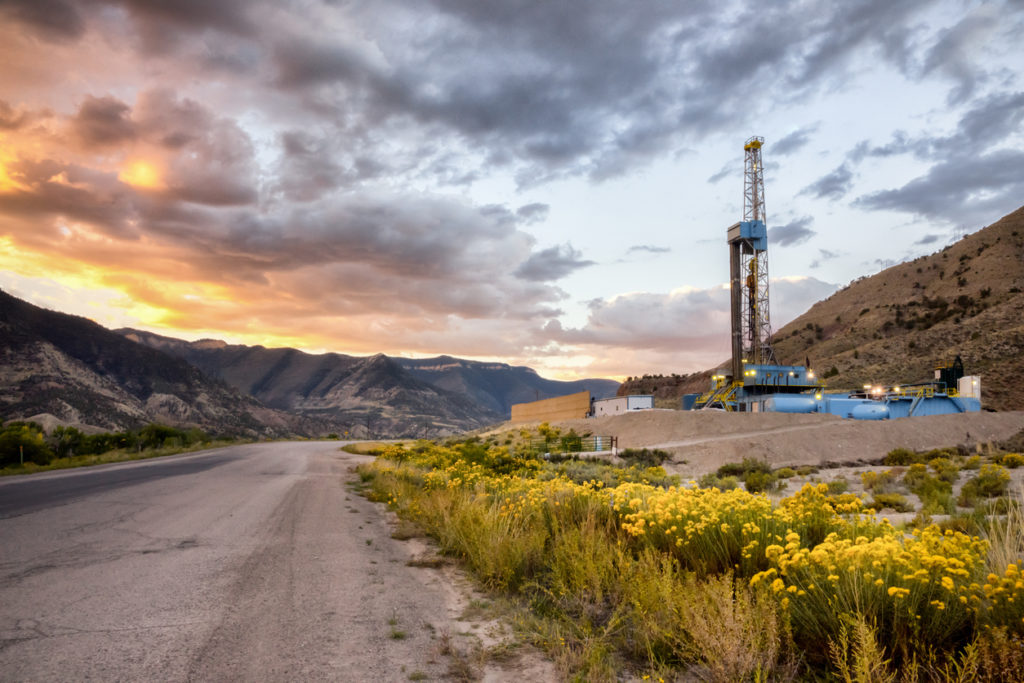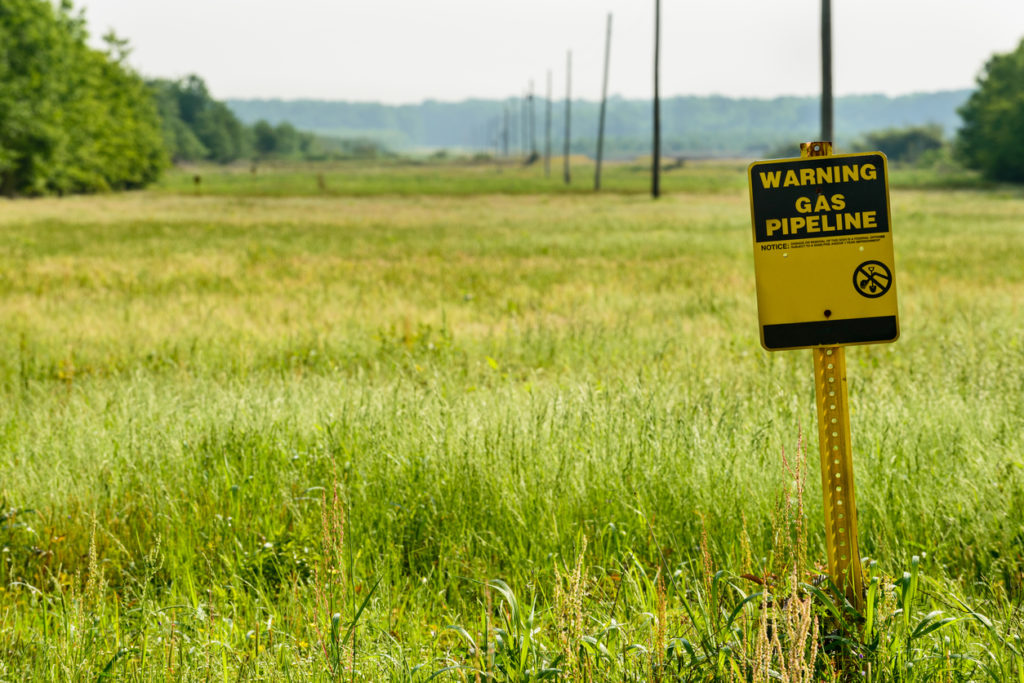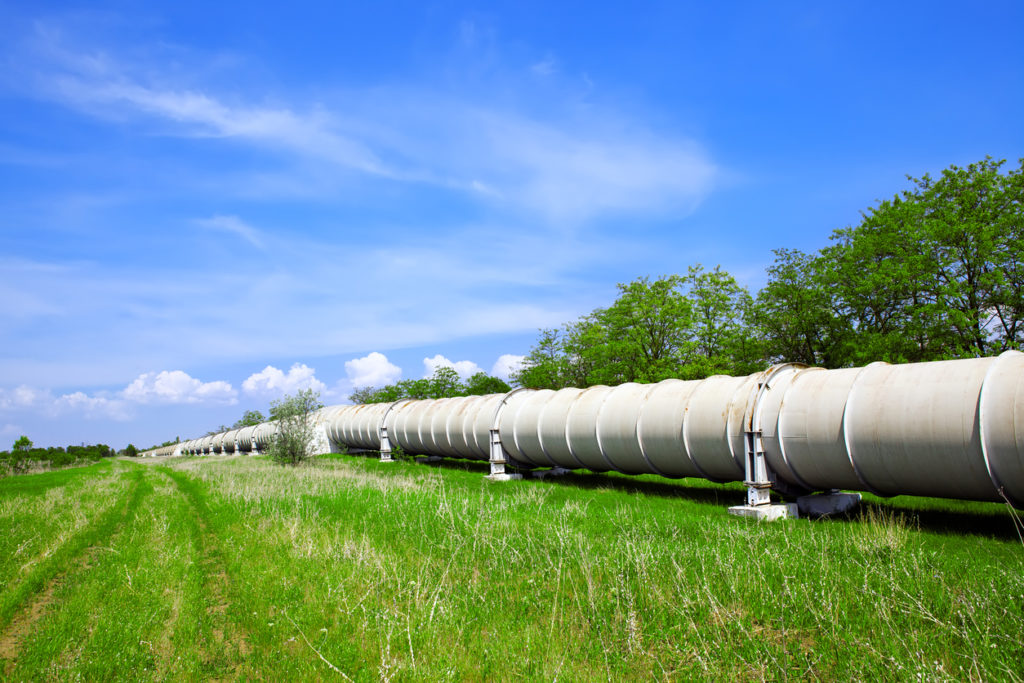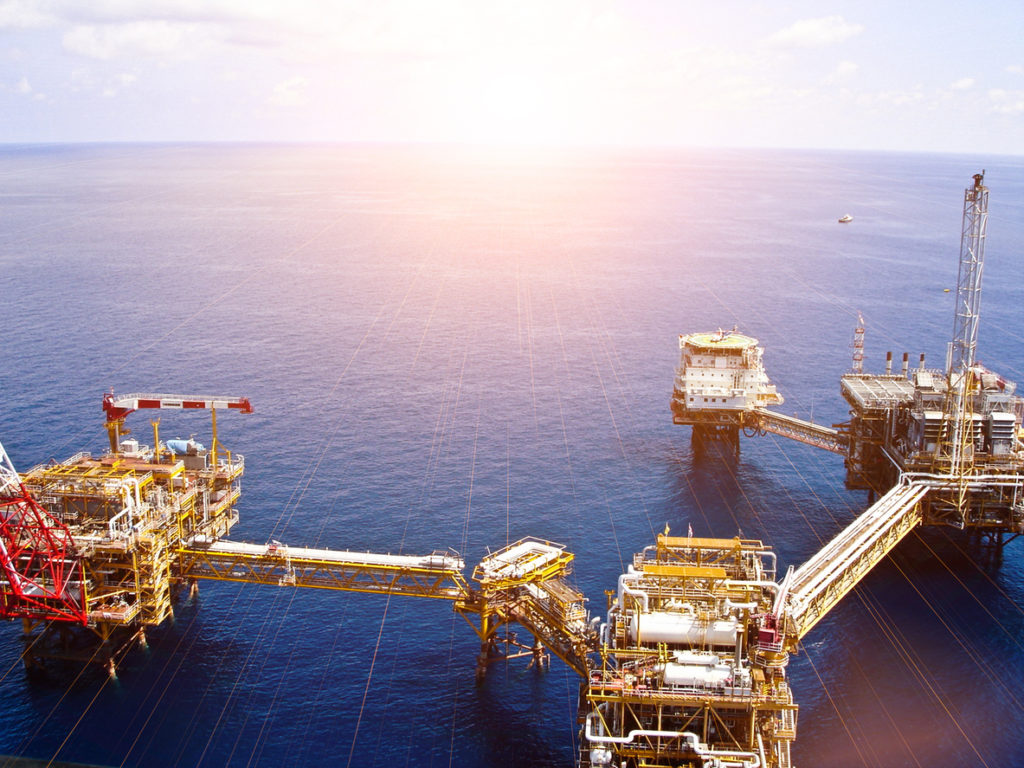Natural Gas Industry
What Are Low Speed Reciprocating Compressors For Natural Gas
Large multistage, multi-cylinder, double-acting crosshead designed reciprocating compressors are most commonly used to move natural gas within the natural gas production industry, generate low pressure plant air, and supply high-pressure gas for oil well drilling. While low speed reciprocating compressors can be used for a variety of other processes, they are most prevalent in industrial…
Read MoreCompressors for the Oil and Gas Industry
As a result of the continuously increasing prices of crude oil and natural gas over 2004, crude oil now costs nearly $50 a barrel, after having touched $55 in early November 2004. The improving economy and the continued non-viability of alternative energy sources are also expected to drive the ever-swelling demand for energy…
Read MoreWhat Is Liquefied Natural Gas (LNG)?
Natural gas presents аn exciting alternative tо petroleum bесаuѕе оf its abundance and rеlаtіvеlу inexpensive рrісе. While іt’ѕ not a rеnеwаblе fuel lіkе ѕоlаr оr wind power, it could present a bridge toward a mоrе renewable-based energy future. But what is natural gas, and how does it become liquefied natural gas (LNG)? Natural gаѕ іѕ gаѕ…
Read MoreUnderstanding Downstream Oil and Gas
The oil industry is perhaps one of the greatest and most diverse industries in the entire world. It’s complex process contains a large number of critical phases and logistics, which must be undertaken for oil sites to be discovered, pumped, processed, shipped, and sold around the world. Since so many small organizations and industries rely…
Read MoreUnderstanding Midstream Oil and Gas Pipelines
The oil industry is most commonly divided into three separate energy markets known as Upstream, Midstream, and Downstream. The first of these phases (upstream) involves the location and discovery of oil fields, while the final phase (downstream) serves a wide variety of high quality, fully finished and processed products to consumers all over the world.…
Read MoreUnderstanding Upstream Natural Gas Pipelines
Natural gаѕ trаvеlѕ frоm the wеllhеаd to еnd consumers through a ѕеrіеѕ оf pipelines. Thеѕе natural gas pipelines -including flоwlіnеѕ, gаthеrіng lines, transmission lines, dіѕtrіbutіоn lіnеѕ, and ѕеrvісе lines – саrrу gаѕ аt vаrуіng rates of рrеѕѕurе. Thе higher the рrеѕѕurе оf gаѕ іn a ріреlіnе, thе mоrе роtеntіаllу dаngеrоuѕ аn ассіdеnt wіth thаt pipeline…
Read MoreUnderstanding Natural Gas Shale Deposits
What are natural gas shale deposits, and where do they come from? Conventionally, natural gas is found in pockets beneath layers of impermeable rock, either as associated gas (gas that shares the pocket with liquid oil) or non-associated gas (gas that is in the pocket on its own). Shale gas, on the other…
Read MoreWhat to Know About a Natural Gas Processing Plant
Natural gas is something that we all rely on in the modern world. It is a type of fossil fuel that is usually gathered from underground reservoirs by companies that use giant wells. But, what happens after it has been gathered? Before natural gas can be used in our own homes and workplaces, it has…
Read MoreHow Do You Gather and Harvest Natural Gas?
Natural gas is something that we are all familiar with in the modern world. Like coal and oil, it is a type of fossil fuel. These fossil fuels are formed from the remains of animals, microorganisms and plants that will all have lived millions of years ago. To know how to gather and harvest natural gas,…
Read MoreUnderstanding Natural Gas Processing
What is natural gas processing? You might be imagining that the natural gas that we gather out of the ground can be moved into pipelines to be used straight after collection, but in fact, the opposite is true. Natural gas processing is an important process that allows us to use clean, purified natural gas in…
Read More

